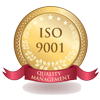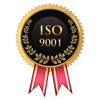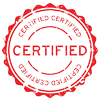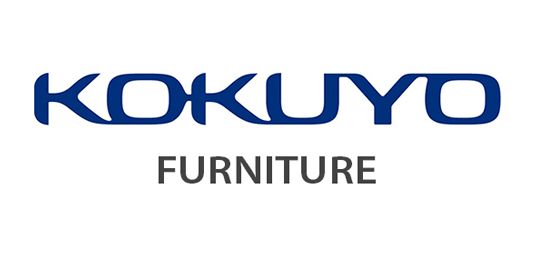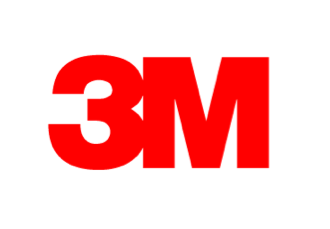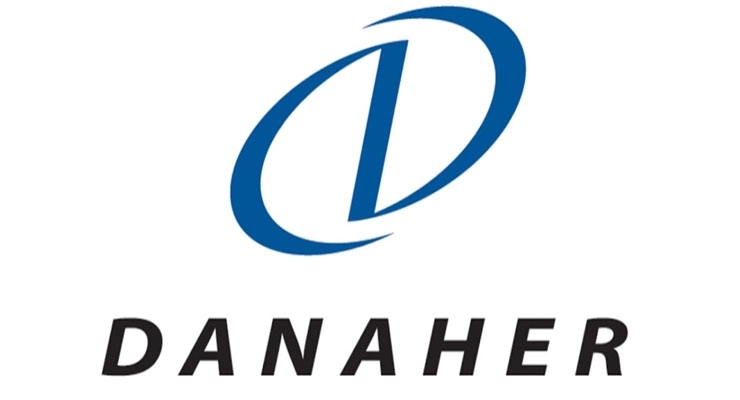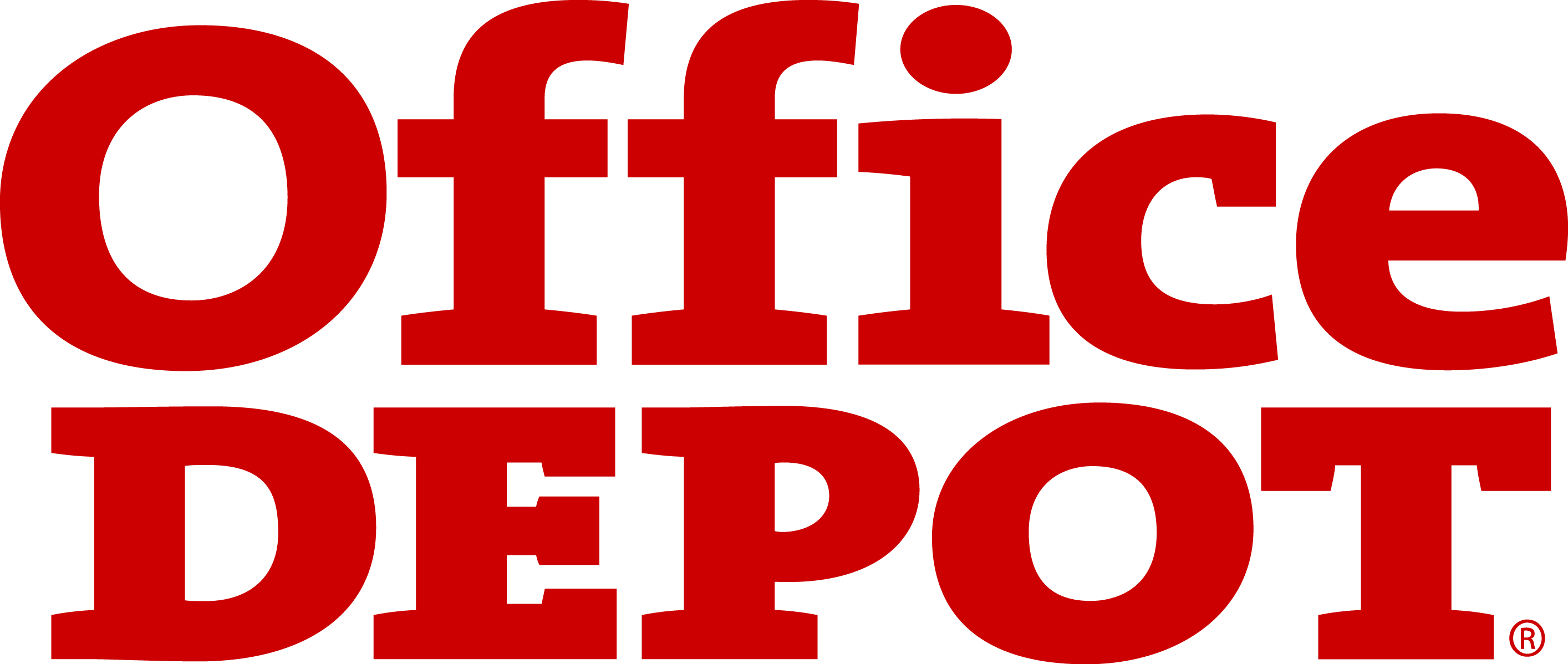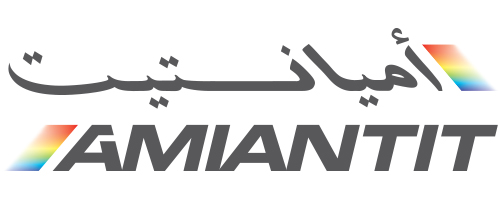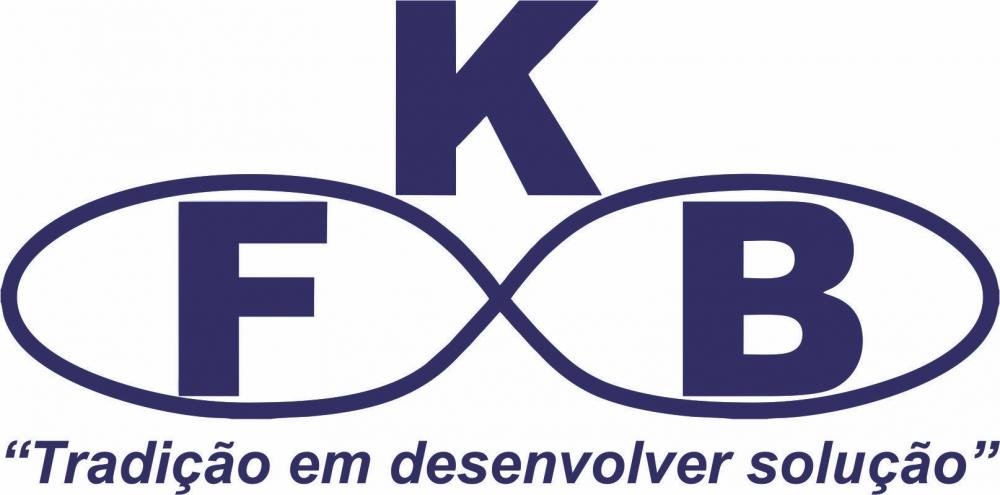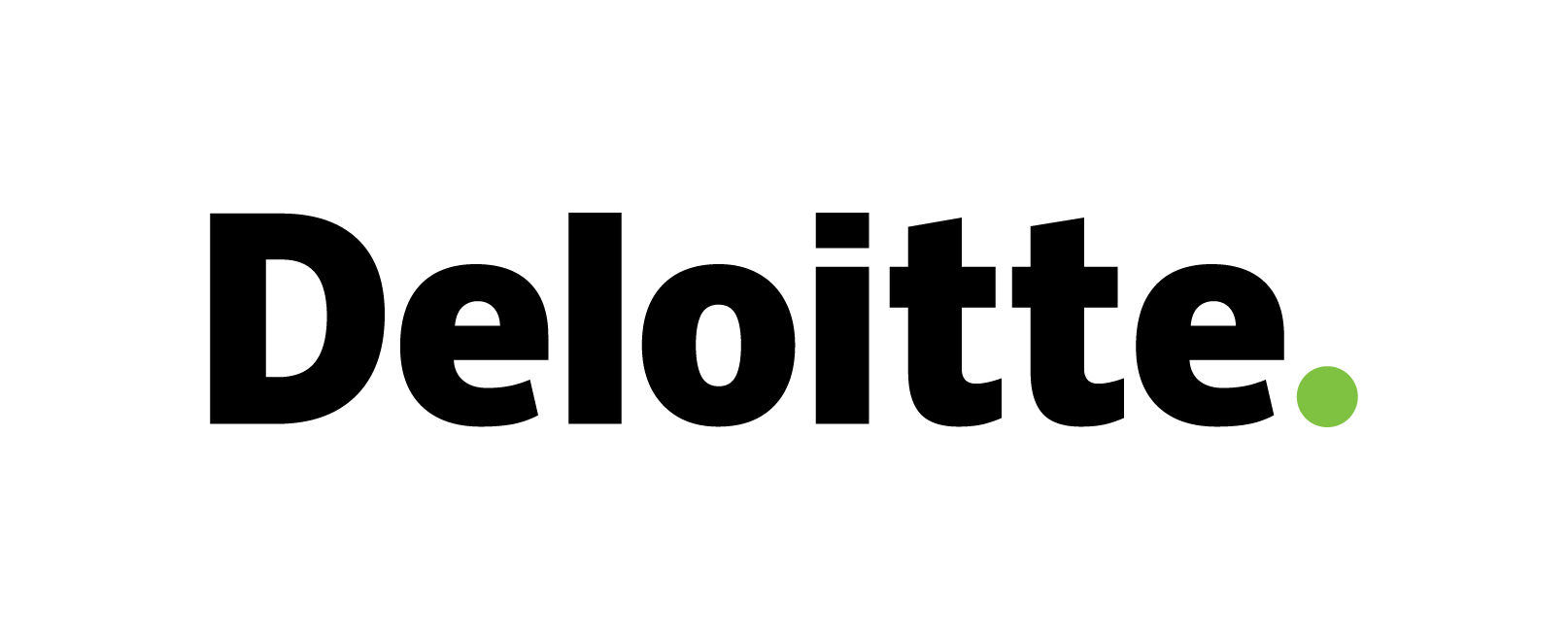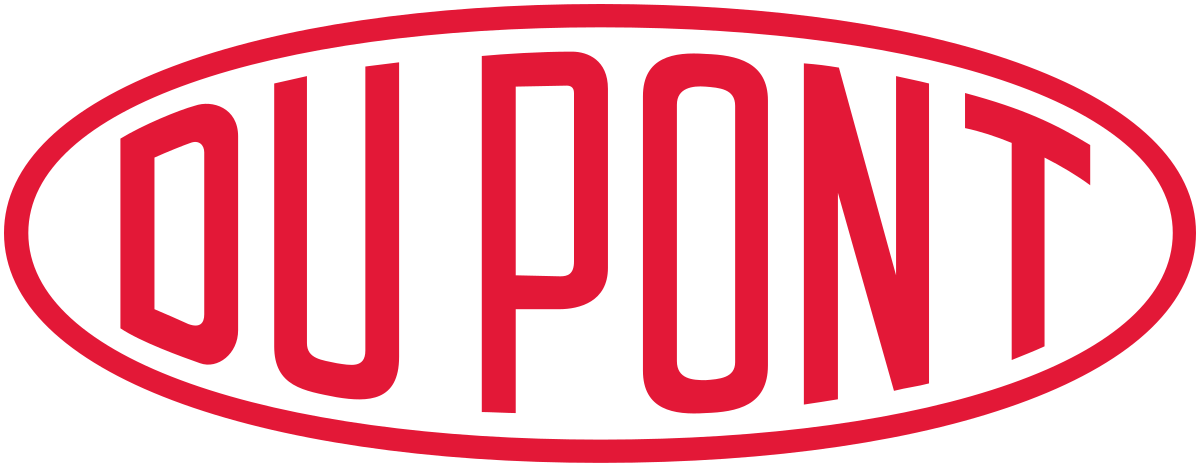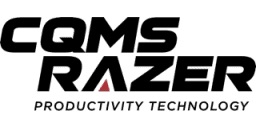Semiconductor Bonding Market
Semiconductor Bonding Market Trends, Opportunity, and Forecast Analysis, 2024-2033
Semiconductor bonding market revenue to generate USD 1385.8 Million by 2033, according to KDMI analyst’s growth analysis. The market is segmented by type, process type, application, on technology and by Region.
Semiconductor Bonding Market Size Survey Report – In a Glance
As per the survey report on global Semiconductor bonding market, the market is projected to foresee a CAGR of CAGR value 3.8% between 2024-2033, and further generate a market size of USD 1385.8 million revenue by the end of 2033. In the year 2024, the market size was valued at USD 960.7 million revenue.
- The global Semiconductor bonding market is projected to grow on account of the rising automotive industry.
- In Japan, the Semiconductor bonding market growth can be attributed to its top-tier manufacturing industry.
- KDMI analyst’s growth analysis foresees shortage of skilled professionals to challenge the market growth.
- North America, having the highest market share in the Semiconductor bonding market, is projected to dominate the global market.
Semiconductor Bonding Market Analysis
Semiconductor bonding is the process of linking semiconductor components or different types of parts utilizing different bonding techniques like wire bonding and wafer bonding. The market growth for semiconductor bonding can be credited chiefly to the rising automotive industry which stands as a vital pillar of the economy. Regardless of inconsistent battery metal costs, rising inflation, and tight margins, electric cars are gradually progressing toward large-scale production and sales on a global scale. As per statistical findings, electric car sales were predicted to climb continuously with a potential to hit around 17 million in 2024, constituting more than one in five cars sold worldwide. Therefore, with this increasing electrification of vehicles, the demand for reliable semiconductor bonding rises which is propelling the market growth. Intel Corporation (US), Google. Inc (US), NVIDIA Corporation (US), are some of the significant parties in the global market for Semiconductor bonding.
Analyst’s Observation on Japan Semiconductor Bonding Market Survey
Japan is considered as the world’s powerhouse for high-tech manufacturing. Hence, the market growth for Semiconductor bonding can be credited to the top-tier manufacturing industry. Because of technological transformation and sustainability initiatives, the manufacturing industry is expected to expand more and open multiple avenues for collaboration with global businesses. Moreover, Japan's manufacturing industry accounts for roughly 20% of its GDP, competing on the global platform in automobile materials and equipment. With the growth of industries like automotive or electronics, the demand for strong and secure semiconductor connections like wire bonding and wafer bonding surges, thus, driving the market progression and advancements in semiconductor packaging technologies.
Shiaura Mechatronics(Japan), Panasonic(Japan), Yamaha Motor Robotics Corporation Co.(Japan), are some of the significant parties in the market for Semiconductor bonding in Japan.
|
Semiconductor bonding Market: Report Scope |
|
|
Base Year |
2023 |
|
Estimated Market Size |
USD 960.7 Million in 2024 |
|
Forecast Year |
2024-2033 |
|
Projected Market Size |
USD 1385.8 Million in 2033 |
|
CAGR Value |
3.8% |
|
Semiconductor bonding Market Key Trends/Major Growth Drivers |
|
|
Restraint Factors |
|
|
Semiconductor bonding Market Segmentation |
|
|
Semiconductor bonding Market Key Players |
N.V.(Netherland), Besi (Netherlands), Intel Corporation (U.S.), Palomar Technologies (U.S.), ASM Pacific Technology Ltd.(Singapore), Kulicke & Soffa(Singapore), Panasonic(Japan), Fuji Corporation(Japan), Yamaha Motor Robotics Corporation Co.(Japan), SUSS MicroTech SE(Germany), and others. |
Semiconductor Bonding Market Growth Drivers and Challenges
Growth Drivers
Surging demand for semiconductor devices:
The semiconductor industry has been experiencing significant growth on the global platform, contributing substantially to the overall economic growth. Powered by progress like AI and cloud computing, the industry has rapidly scaled up in recent years to fulfill market demands. Based on the Semiconductor Industry Association (SIA) reports, the global semiconductor sales touched $627.6 million in 2024 which was an uptick of 19.1% compared to the 2023 total of $526.8 million. As the size, speed, and complexity of semiconductor devices continue to evolve, bonding technologies such as flip-chip and wire bonding become essential for creating strong and efficient connections, hence, fueling the market growth. Moreover, the growing influence of cutting-edge technologies like AI, IoT, and 5G is further intensifying the demand for semiconductor bonding, further propelling the market expansion.
Growing adoption of AI, IoT, and smart home technologies:
The inclusion of AI and IoT into devices acts as a central force behind the progression of the semiconductor bonding market. From smart phones to industrial automation systems, every sector is undergoing constant expansion due to the utilization of AI-powered devices, creating the demand for more advanced semiconductor bonding techniques. In recent world, artificial intelligence (AI) is reshaping around 40% of the global employment. In addition to that, it can also offer better health and personalized entertainment experiences. IoT-enabled devices, including smart home technologies such as lighting systems, smart thermostats, and security cameras, call for high precision and long-lasting semiconductor components for consistent performance. Another modern technology called cloud computing is also moving the market forward as more businesses are switching to cloud-based infrastructure nowadays.
Restraints
Shortage of skilled professionals:
Semiconductor bonding is an expert-level process requiring accuracy and consistency. A shortage of proficient and experienced workforce is a major restraint for the semiconductor bonding market. Therefore, a lack of experts capable of managing sophisticated processes could push back production deadlines and lower overall productivity, hindering the market’s ability to scale swiftly.
Technological complexity:
One of the major hindrances that affect the growth and development of the semiconductor bonding market is the complex nature of the process. Semiconductor bonding is a highly specialized operation demanding precision and reliability. Even minor deviations can result in errors, lowering productivity and maximizing waste materials. Moreover, this complexity demands constant investment in research and development.
Semiconductor Bonding Market Segmentation
Our experts at KD Market Insights have segmented the global Semiconductor bonding market research report as:
|
By Type |
|
|
By Process type |
|
|
By Application |
|
|
By On Technology |
|
|
By Region |
|
Semiconductor Bonding Market Regional Synopsis
The North American region dominates the semiconductor bonding market. The leadership is powered by innovation breakthroughs and rapid expansion of the semiconductor industry, particularly in the United States. The existence of numerous key players and research institutions is further fueling the market in the region. The technology sector has seen a spike in the U.S. as science, technology, and innovation are like the bedrock of the American economy. Although the country has not achieved full leadership, its businesses are rapidly improving which is boosting their innovative capacities. Besides, huge investments in semiconductor research, development, and production facilities are further propelling the market in the region.
Asia Pacific (APAC) is a major key player in the international market which is experiencing the fastest growth at the same time. In the region, the rising adoption of electronic devices is playing a dominant force. In the upcoming three decades, China’s productivity will keep advancing faster than the United States, most likely until it reaches approximately 80 percent of U.S. levels. Moreover, countries like China, Taiwan, South Korea, and Japan are paving the path due to their heavy focus on modern technologies, heightened investments in research and development, and a growing number of automotive and consumer electronics industries, which are ultimately fueling the market in the region.
On the other hand, Europe is set to see significant market growth because of the region's strong focus on innovation, green goals, and advanced manufacturing technologies. The priority placed on renewable energy and energy conservation is promoting the adoption of power semiconductors.
In the Middle East and Africa, the semiconductor bonding market is in its early stages that have significant growth potential which eventually drives the market. However, this strong potential of the region is because of the groundbreaking technological developments, and the growing investments in smart technologies. For instance, Israel with its strong technological industry is shaping the regional market dynamics.
In a similar manner, due to surging digitalization and the rising electronics sector, South America is steadily evolving as well. Within the region, Argentina and Brazil are the major contributors to the market growth because of their emerging electronics and automotive industries.
As per our analysts at KD Market Insights, the following five players lead the North America Semiconductor bonding market growth:
- Intel Corporation
- Palomar Technologies
- Toray Engineering Co., Ltd.
- Mycronic
- Panasonic Corporation
Semiconductor Bonding Market Competitive Landscape
Some of the key players who top the global Semiconductor bonding market share:
- N.V.(Netherland)
- Besi (Netherlands)
- Intel Corporation (U.S.)
- Palomar Technologies (U.S.)
- ASM Pacific Technology Ltd. (Singapore)
- Kulicke & Soffa (Singapore)
- Panasonic (Japan)
- Fuji Corporation (Japan)
- Yamaha Motor Robotics Corporation Co. (Japan)
- SUSS MicroTech SE(Germany)
- Shiaura Mechatronics (Japan).
- Executive Summary
- Market Overview
- Key Findings
- Market Trends
- Market Outlook
- Introduction
- Scope of the Report
- Research Methodology
- Definitions and Assumptions
- Acronyms and Abbreviations
- Market Dynamics
- Drivers
- Restraints
- Opportunities
- Challenges
- Global Semiconductor Bonding Market
- Market Overview
- Market Size and Forecast
- Market Segmentation
- By Type
- By Process type
- By Application
- By On Technology
- By Region
- Market Segmentation by Type
-
- Die Bonder
- Wafer Bonder
- Flip Chip Bonder
-
- Market Segmentation by Process type
-
- Die-To-Die Bonding
- Die-To Wafer Bonding
- Wafer-To-Wafer Bonding
-
- Market Segmentation by Application
-
- RF Devices
- Mems And Sensors
- Cmos Image Sensors
- LED3D
- NAND
- Others
-
- Market Segmentation by On Technology
-
- Die Technology
- Epoxy Die Bonding
- Eutectic Die Bonding
- Flip-chip Attachment
- Hybrid Bonding
- Others
-
- Regional Analysis
- North America
- United States
- Market Size and Forecast
- Key Trends and Developments
- Market Analysis by Type, Process type, Application and On Technology
- Canada
- Market Size and Forecast
- Key Trends and Developments
- Market Analysis by Type, Process type, Application and On Technology
- Mexico
- Market Size and Forecast
- Key Trends and Developments
- Market Analysis by Type, Process type, Application and On Technology
- United States
- Europe
- United Kingdom
- Market Size and Forecast
- Key Trends and Developments
- Market Analysis by Type, Process type, Application and On Technology
- Germany
- Market Size and Forecast
- Key Trends and Developments
- Market Analysis by Type, Process type, Application and On Technology
- France
- Market Size and Forecast
- Key Trends and Developments
- Market Analysis by Type, Process type, Application and On Technology
- Italy
- Market Size and Forecast
- Key Trends and Developments
- Market Analysis by Type, Process type, Application and On Technology
- Spain
- Market Size and Forecast
- Key Trends and Developments
- Market Analysis by Type, Process type, Application and On Technology
- Rest of Europe
- Market Size and Forecast
- Key Trends and Developments
- Market Analysis by Type, Process type, Application and On Technology
- United Kingdom
- Asia Pacific
- China
- Market Size and Forecast
- Key Trends and Developments
- Market Analysis by Type, Process type, Application and On Technology
- Japan
- Market Size and Forecast
- Key Trends and Developments
- Market Analysis by Type, Process type, Application and On Technology
- India
- Market Size and Forecast
- Key Trends and Developments
- Market Analysis by Type, Process type, Application and On Technology
- Australia
- Market Size and Forecast
- Key Trends and Developments
- Market Analysis by Type, Process type, Application and On Technology
- South Korea
- Market Size and Forecast
- Key Trends and Developments
- Market Analysis by Type, Process type, Application and On Technology
- Rest of Asia Pacific
- Market Size and Forecast
- Key Trends and Developments
- Market Analysis by Type, Process type, Application and On Technology
- China
- Latin America
- Brazil
- Market Size and Forecast
- Key Trends and Developments
- Market Analysis by Type, Process type, Application and On Technology
- Argentina
- Market Size and Forecast
- Key Trends and Developments
- Market Analysis by Type, Process type, Application and On Technology
- Colombia
- Market Size and Forecast
- Key Trends and Developments
- Market Analysis by Type, Process type, Application and On Technology
- Rest of Latin America
- Market Size and Forecast
- Key Trends and Developments
- Market Analysis by Type, Process type, Application and On Technology
- Brazil
- Middle East & Africa
- South Africa
- Market Size and Forecast
- Key Trends and Developments
- Market Analysis by Type, Process type, Application and On Technology
- Saudi Arabia
- Market Size and Forecast
- Key Trends and Developments
- Market Analysis by Type, Process type, Application and On Technology
- UAE
- Market Size and Forecast
- Key Trends and Developments
- Market Analysis by Type, Process type, Application and On Technology
- Rest of Middle East & Africa
- Market Size and Forecast
- Key Trends and Developments
- Market Analysis by Type, Process type, Application and On Technology
- South Africa
- North America
- Competitive Landscape
- Market Share Analysis
- Company Profiles
- Intel Corporation (U.S.)
- Palomar Technologies (U.S.)
- ASM Pacific Technology Ltd.(Singapore)
- Kulicke & Soffa(Singapore)
- Panasonic(Japan)
- Fuji Corporation(Japan)
- Yamaha Motor Robotics Corporation Co.(Japan)
- SUSS MicroTech SE(Germany)
- Others
- Strategic Recommendations
- Appendix
- List of Tables
- List of Figures
- References

Need Customized Report for Your Business ?
Utilize the Power of Customized Research Aligned with Your Business Goals
Request for Customized Report- Quick Contact -
- ISO Certified Logo -
